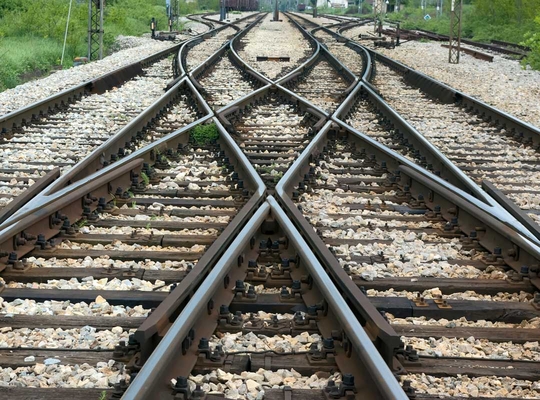You are here
New prospects for the Iron Rhine

An alternative “third route” for the Iron Rhine results in fees and benefits identical to the historical route, but for just half the price. A joint study by the authorities involved in the file in Flanders, Belgium, the Netherlands, Germany and North Rhine-Westphalia appears to confirm this. “I hope that with this study, we can finally get the Iron Rhine file back up and running,” says Minister of Mobility Ben Weyts. “That’s because for the Flemish ports, good accessibility to the Ruhr Valley in Germany is a matter of life or death.”
Various different predictions see freight traffic increasing by 50% by 2030. Our already-saturated road network simply won’t be able to handle that. Minister Weyts is therefore intensively focussing on alternatives to road transport, such as inland navigation and the railway. However, talks on the Iron Rhine rail connection with the Ruhr Valley have long been stymied by the disparity between the two routes. The results of the new study, which prove the feasibility of a “third route” - from Antwerp via Mol and Hamont to Roermond and Venlo and then over the German border to Viersen - can break up this impasse.
Ray of hope in the mobility debate
The final costs/benefits analysis will actually come out even more favourably for the alternative route. That’s because the positive effects for the environment and mobility haven’t yet been included in the study. “An extra rail connection with the Ruhr Valley will result in fewer HGVs on the E17, E19, E313 and E314 motorways among others,” Ben Weyts concludes. “That’s an important ray of hope in the whole mobility discussion. We are pulling out all the stops to get HGVs off the roads. Together with Minister-President Geert Bourgeois, I am now taking the initiative for diplomatic consultations that are intended to get the Iron Rhine definitively back on track.”

